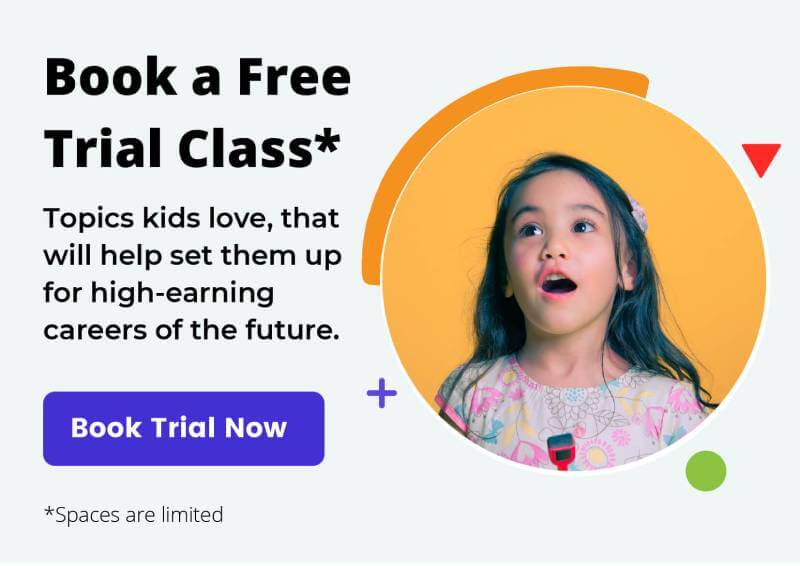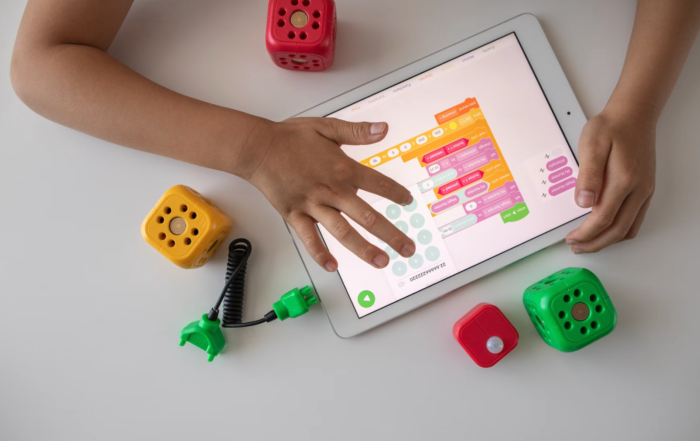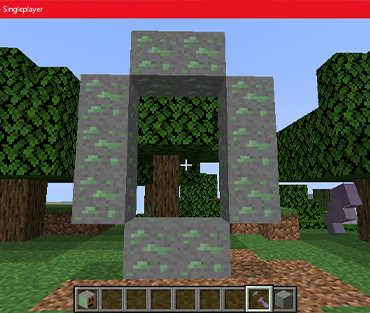I heard an amazing speaker at the Ontario Camps Association conference, and what he shared changed my life. I wanted to share it with others, because it’s incredible to think how these ideas may change our lives and the lives of children we share them with. For more info about this speaker, check out https://kwesispeaks.com.
You can choose confidence. Many people have a low body image and 1/3 people have low self esteem. Early failure experiences can lead you to not try, and to think yourself out of great opportunities.
According to the book Learned Optimism by Martin Seligman, it’s not whether we fail, it’s how handle it.
The statements we make after failure may be one of these 3 P’s:
- Personal – I’m a failure (not I failed).
- Permanent – I’ll always fail at this
- Pervasive – because I failed at this, I’ll fail at everything. This is applying failure in one area to assumed failure in other areas.
It’s important what explanations we give ourselves. Instead, you can say “I may have failed, but I’m not a failure”, “I failed today, but may not tomorrow”, or “just because I failed at something doesn’t mean I’ll fail at other thing.”
When you fail and can’t bounce back, recognize which of the 3 statement types you are using. A good exercise is to write out the statements you + others have made when you failed and couldn’t bounce back, for example: “I’m not good enough”, “I can’t do this” or “I’m not good at this”. Identify which of 3P statements using. In order to move past it, it’s about disputing the 3 P statements. (e.g. by yourself). For example, you could say “I am good enough”, “I can do this” or “I can become good at this – I am learning”. So when feel you don’t want to or can’t do something, say “what’s the statement I’m making it and how can I dispute it?” When you look at what’s inside, what’s outside becomes less relevant.
The are 4 C’s of creating Confidence;
- Challenge your perspective, using the techniques above.
In order to change someone’s life, start by changing their day. You can change kids’ perspectives by teaching them this process.
- Creating connections via vulnerability
Brene Brown says that “Vulnerability is our most accurate measure of courage”. The first step to getting to know someone and building a connection with them is vulnerability. To create connections with people, share your 5 F’s:
- Firsts (1st time you did something).
- Flaws
- Failures
- Frustrations
- Family Values
- Change your commercial.
The brain remembers what you tell yourself most and what it hears the most. This is the reason why people eat McDonalds. You can change this via self-talk. – the things you say to yourself.
Studies have shown that hearing stories about confidence and resilience can help build those. For more about this, check out the book “What to say when you talk to yourself”.
To do this, cross out negative statements write the exact opposite.
- “I can’t do this” becomes “I can do this”
- I’m not good enough → I’m good enough.
- I’m not good at this → I can learn to get good at skills.
- I can get better, have done so before.
You can also pick a word that describes the person you want to be, the feeling you want to have, e.g. confident. Then before you do something like giving a presentation or teaching someone somthing, you could say something like: “I am confident & ready to share”
In order to make self-talk stick, say it to yourself everyday. Studies have shown it is most effective if you stand, adopt the Superman pose and say it.
We believe what other people say more than what we say. Do an exercise where Partner A says “I am __ ” . Partner B replies “You are __” (e.g. I am confident. You are confident).
It is also helpful to write out your intentions for the day, and to create vision board (s). Some people put it away and it all comes true.
- Cultivating Calm
“Success is nothing more than a successful present moment”. You only need to worry about present moment. Check out the book “A New Earth” by Eckhart Tolle for more info on this.
A sample presence practice is simply taking deep breaths. Peace is on the other side of silence. It might be helpful to think something like “My life is bad, but at least it’s not as bad as theirs” or ask yourself “What’s wrong right now?”. You may find that nothing is wrong in the present moment and all your worries are about the future or the past. Focusing on the present moment can be a relief.
It is impossible to feel grateful and depressed at same time. Take deep breaths in and out.
To build confidence, pick one of these items to focus on. You can live 4 weeks with no foods, 3- 4 days with no water, 4 minutes without air, but not only 4 seconds without hope.
Also Read
How Coding Classes Can Lead to a Career in Coding
Often, children are asked the question, what do you
Digital Creativity Unleashed: Coding as a Creative Outlet for Kids
When children learn to code, they’re not only learning
Unlocking Creativity: How Minecraft Can Foster Imagination and Innovation in the Classroom
Many people think of Minecraft as just a game









